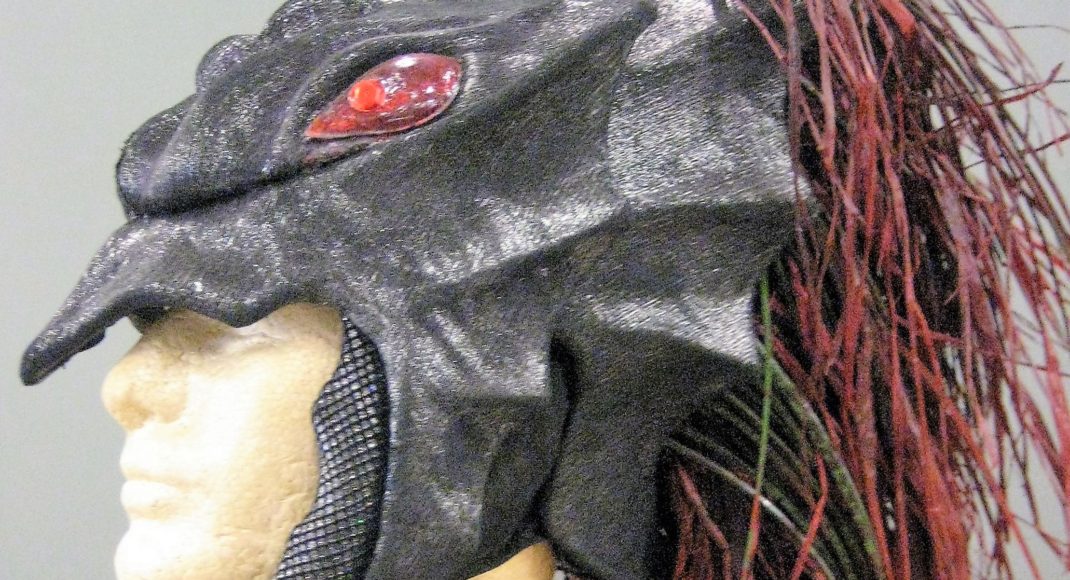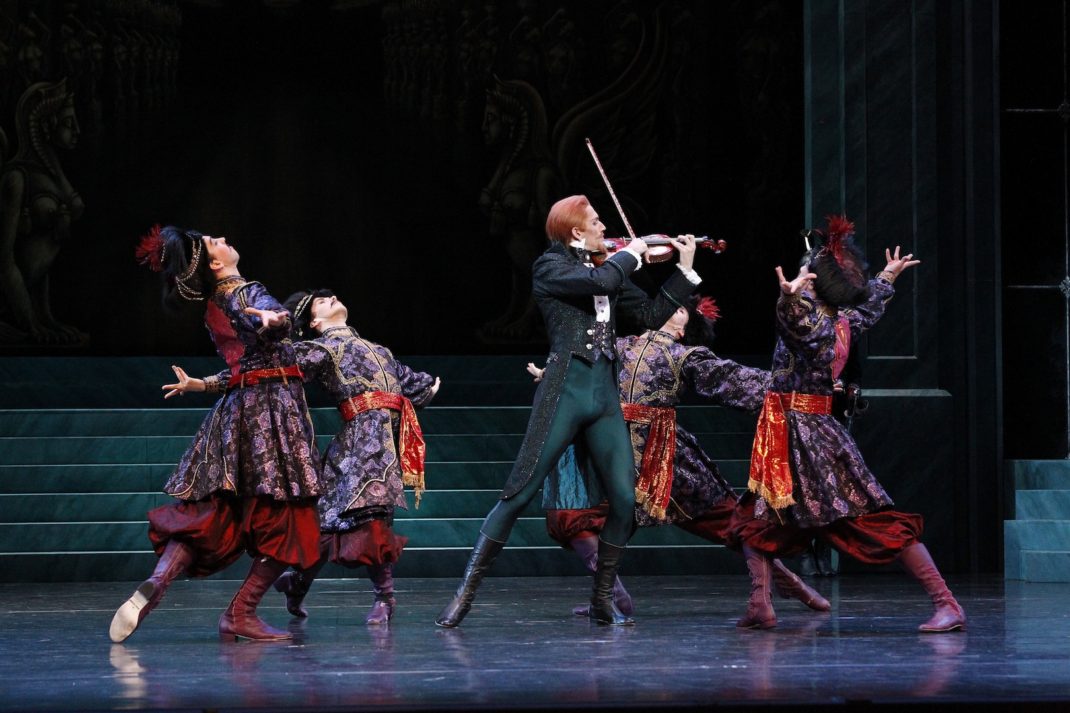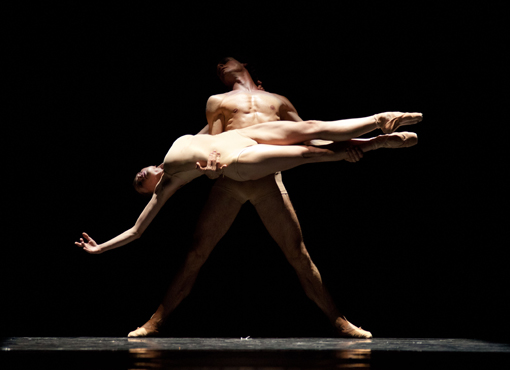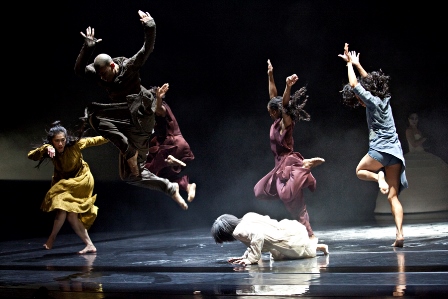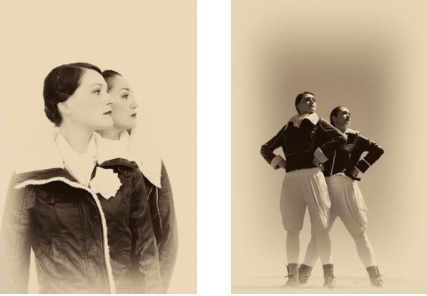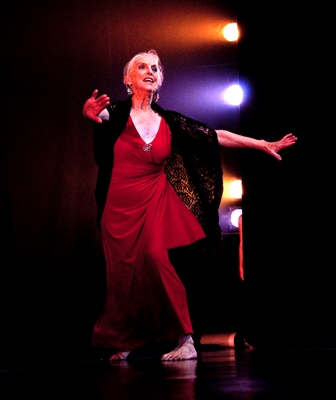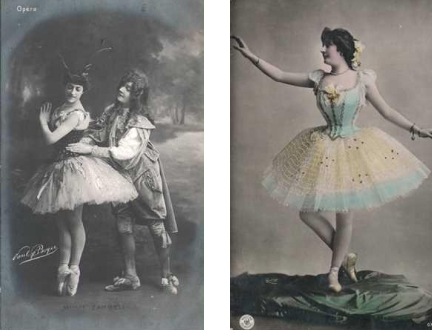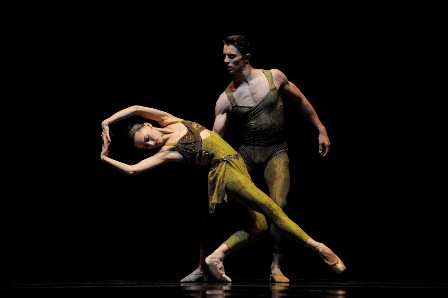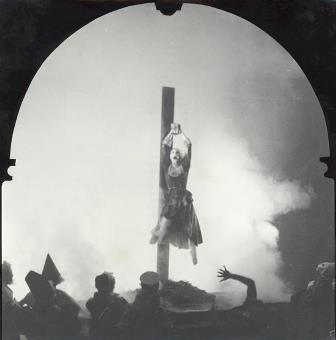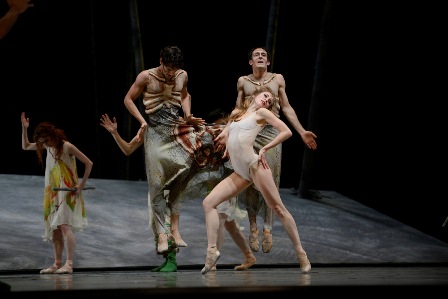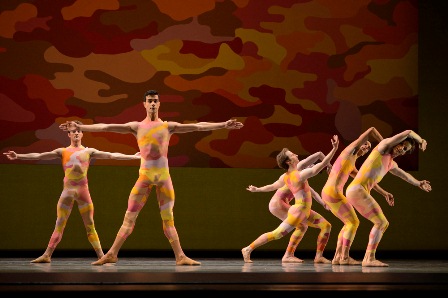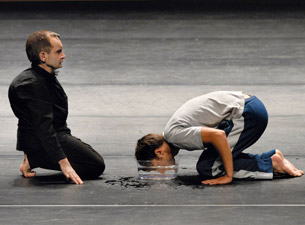The best of everything to those who have followed this website over the past year. Thank you for your loyalty. And here’s hoping that 2021 will be one that is filled with dance, even live dance perhaps? Stay safe and healthy.
- Highlights of 2020 (on and off stage)
I was very fortunate to see the opening night performance of Graeme Murphy’s The Happy Prince. It had a short run in Brisbane in February but showings elsewhere were cancelled due to the pandemic. I really would like to see it again as there was a lot there that needed a second look. I hope we will see it again, given that the leadership of the Australian Ballet has changed.
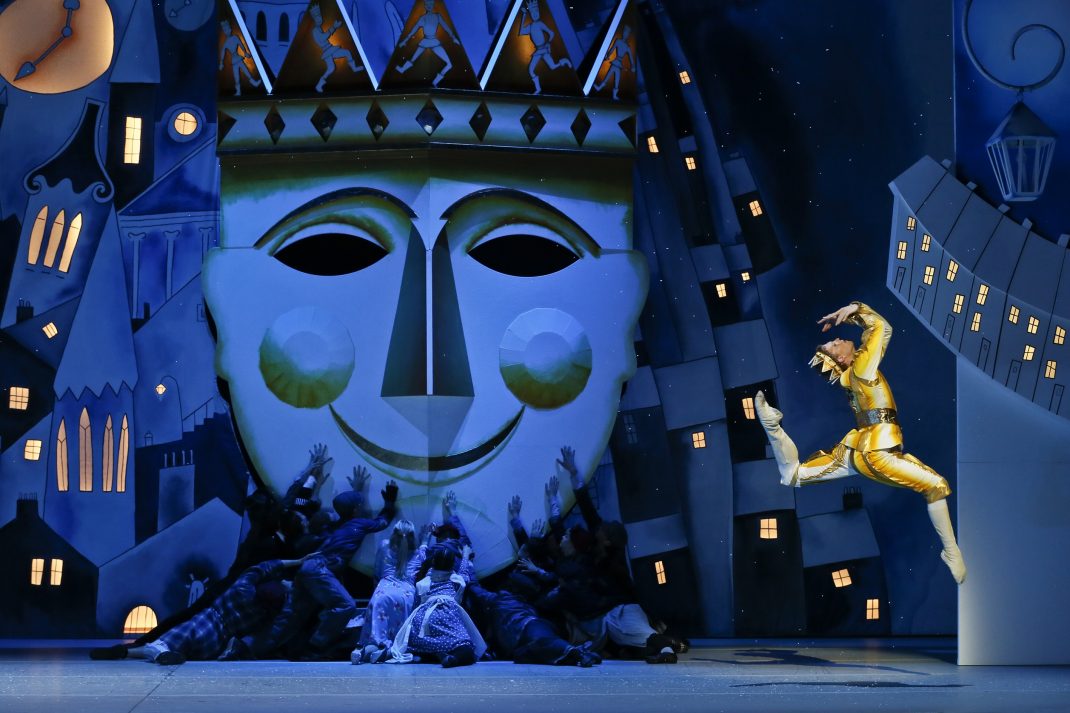
By mid year we were still not back in the theatre but Alison Plevey and her Australian Dance Party created Lake March in which, over several weekends in August, eight dancers, accompanied by two musicians, made their way around Canberra’s three lakes. They paused briefly on occasions to engage with each other and with the rather surprised audience of joggers, bike riders and so on who were also using the lakeside for exercise. Lake March won Plevey a Canberra Critics’ Circle award in December. The citation read:
For courageously working within the restrictive conditions generated by COVID-19 to bring an innovative and entertaining production of dance and live music, presented in several outdoor venues, to an audience of dance goers and the wider Canberra community. Alison Plevey for Lake March.
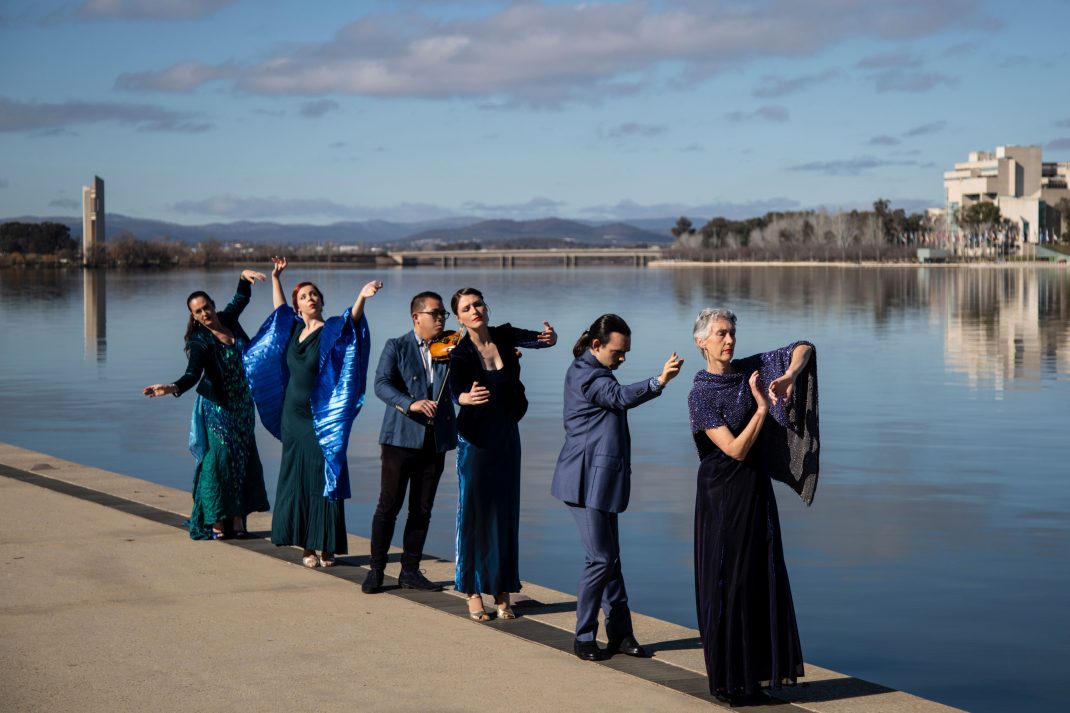
In October we were able to venture into the theatre for a QL2 Dance program featuring a work called Sympathetic Monsters by Jack Ziesing. It was an absorbing work in terms of its choreographic structure and in its thematic content.
Of course I watched many streamed performances over the course of 2020. It was more than interesting to see close-up images of faces and expressions and also details of costume. Nothing can replace a live performance but I derived much pleasure from streamed performances, especially from companies I wouldn’t normally see. Borrowed Light from Finland’s Tero Saarinen Company in collaboration with Boston Camerata was perhaps the most outstanding example. I was transfixed by this performance and have Jacob’s Pillow to thank for streaming it as part of the Pillow’s Virtual Festival 2020.
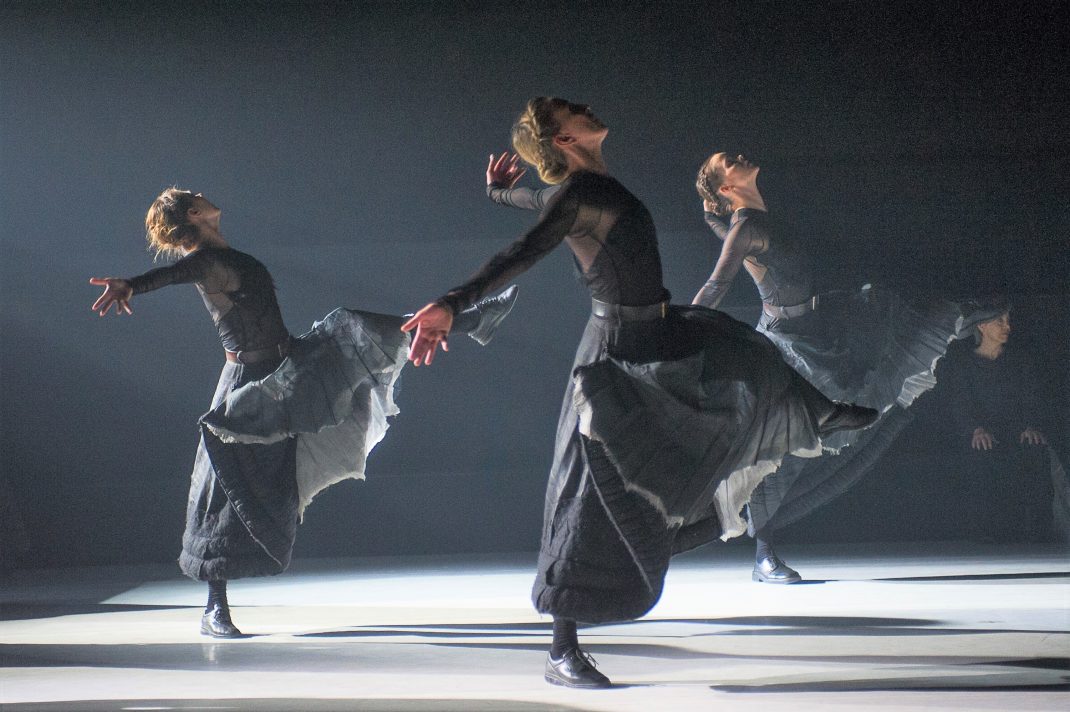
- Sunil Kothari (1933–2020). Indian dance critic
I was saddened to hear of the death of Indian dance writer Sunil Kothari from complications of COVID-19. He visited Australia on a number of occasions and I recall a talk he gave in Canberra for the Canberra Critics’ Circle, several years ago now. He was a passionate advocate for dance and was a mentor to Padma Menon, who performed extensively in Canberra during the 1990s.
- Kristian Fredrikson. Designer. More reviews and comments
Kristian Fredrikson. Designer featured as the ‘Publishing Spotlight’ in the Summer 2020–2021 edition of the newsletter of the Friends of the National Library of Australia. The review was written by Friends Committee Member and well known Canberra-based arts and craft specialist, Meredith Hinchliffe. Follow this link to read the review.
- Site news
At this time of year it is always interesting to look back at which posts were most popular over the course of the year. Leading post was the obituary for Athol Willoughy (and 2020 is not the first year that an obituary has taken first place). Following on were Thoughts on Pina Bausch’s Rite of Spring (still popular after all these years); Romeo and Juliet. The Australian Ballet; Terrain. Bangarra Dance Theatre; and Moon Water. Cloud Gate Dance Theatre of Taiwan.
Most visits came from Australia followed by the United States, the United Kingdom, New Zealand and France.
Michelle Potter, 31 December 2020
Featured image: Gum blossoms, Canberra, 2007 (detail). Photo: © Nick Potter


